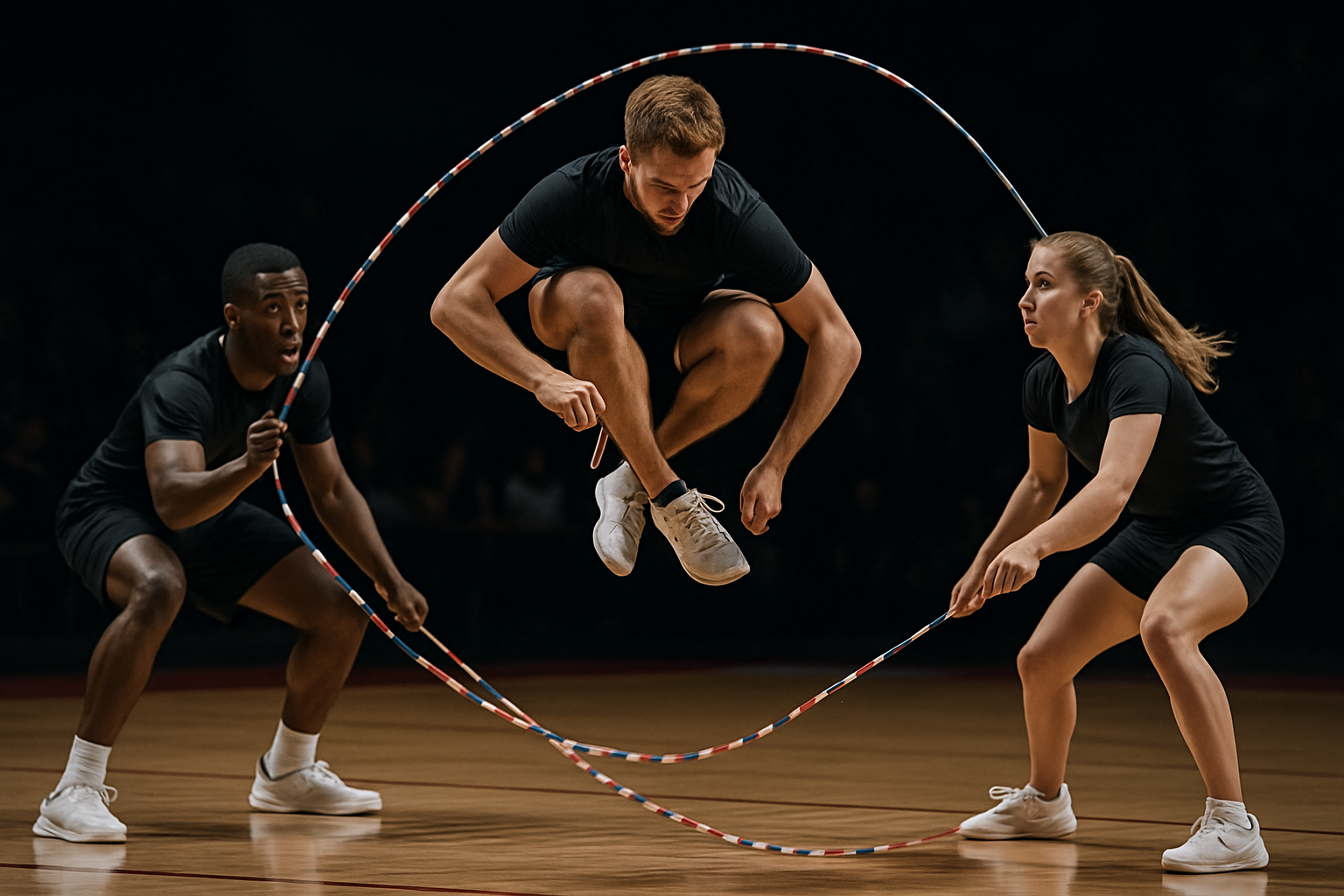Nutrition Strategies for Sustained Game-Day Energy
Effective game-day energy starts with practical nutrition choices and simple timing. This article outlines evidence-informed approaches to fueling before and during competition, balancing hydration and movement, and using recovery and periodization principles to support consistent performance throughout play.

Maintaining steady energy across a game day depends on planning, timing, and selecting foods that match the demands of endurance, bursts of speed, and tactical shifts. A practical plan considers macronutrient balance, fluid needs, and individual digestion patterns so athletes avoid mid-game energy dips and gastrointestinal issues. Attention to movement patterns and coordination during warm-ups helps integrate fuel and hydration decisions with the actual demands of play, while simple pre-game routines reduce psychological variability in performance.
This article is for informational purposes only and should not be considered medical advice. Please consult a qualified healthcare professional for personalized guidance and treatment.
How does nutrition support endurance and conditioning?
Endurance demands steady carbohydrate availability and efficient fat oxidation. For longer matches or tournaments with repeated efforts, aim for a pre-game meal containing easily digested carbohydrates 2–4 hours before start, paired with moderate protein and low fiber to minimize stomach upset. During play, small carbohydrate sources—sports drinks, gels, or easily chewed bars—can sustain blood glucose and delay fatigue in prolonged efforts. Conditioning phases should train the body’s metabolic flexibility so glycogen is spared when appropriate, improving sustained energy without over-reliance on large carbohydrate loads.
What hydration and movement strategies sustain performance?
Hydration is more than water; electrolyte balance affects movement economy and coordination. Begin game day well-hydrated and include sodium in fluids for long or hot conditions. Monitor urine color and body weight changes as practical indicators. Integrate hydration into movement routines by sipping fluids during warm-up and at planned stoppages. Movement patterns in warm-up should mimic match demands to prime neuromuscular coordination, reducing early-game energy waste from inefficient movement and helping athletes maintain skill under fatigue.
How to structure pre-game and in-game nutrition strategy?
A clear strategy sequences meals and snacks by timing and composition. Roughly 3–4 hours out, choose a higher-carbohydrate, moderate-protein meal low in fat and fiber. One hour or less before competition, a small carbohydrate-rich snack or drink can top up glucose without causing sluggishness. During play, prioritize rapid-absorbing carbohydrates and fluids based on duration and intensity. For intermittent sports, planned intake at halftime or timeouts helps prevent second-half declines. Test all options in training to ensure stomach tolerance and optimal performance.
How do recovery and periodization affect game-day energy?
Recovery between sessions influences available energy on match day. Effective recovery includes protein for muscle repair, carbohydrates to replenish glycogen, and targeted sleep and rest. Periodization ties nutrition to training cycles: during heavy conditioning phases, increase carbohydrate to support higher volumes; during tapering, adjust intake to match lower training loads without compromising muscle glycogen. Structured recovery reduces injury risk and keeps performance readiness high, making energy management on game day more predictable.
What role do psychology, skill, and coordination play in energy management?
Psychological state affects perceived exertion and pacing decisions that influence energy expenditure. Simple pre-match rituals, consistent nutrition, and predictable routines help reduce cognitive load and anxiety-driven pacing errors. Skill and coordination training makes movement more efficient so the same tactical actions consume less energy. Mental strategies that focus on pacing, situational awareness, and adherence to planned nutrition or hydration breaks support consistent performance across a match.
How can analytics, tactics, and injury prevention inform nutrition plans?
Use analytics and tactical insights to anticipate energy demands: tracking movement profiles and high-intensity efforts across matches can guide carbohydrate loading and in-game fueling frequency. Injury prevention supports sustained energy by avoiding compensatory movement patterns that increase fatigue; tailored nutrition for inflammation management and tissue repair can be included under professional guidance. Coordinating with coaches and support staff ensures nutrition aligns with tactical periods and substitution patterns so fueling is available when most needed.
Conclusion
Sustained game-day energy is achieved by aligning nutrition with the intensity and timing of play, integrating hydration and movement practices, and considering recovery and periodization across the season. Practical, tested routines—covering pre-game meals, in-game carbohydrate intake, and post-match recovery—help athletes maintain consistency. Combining these nutrition strategies with psychological preparation, skill work, and analytics-informed tactics supports reliable performance while reducing injury risk and unpredictable energy drops.





